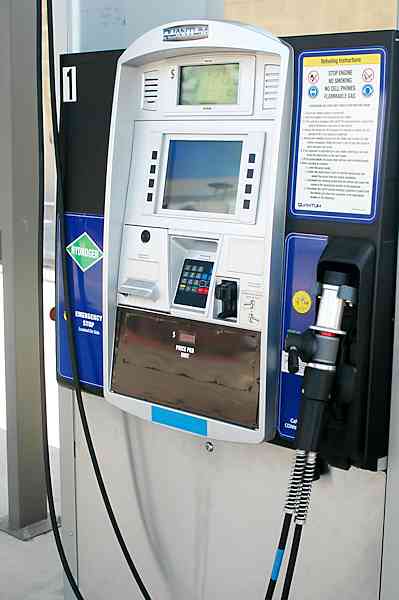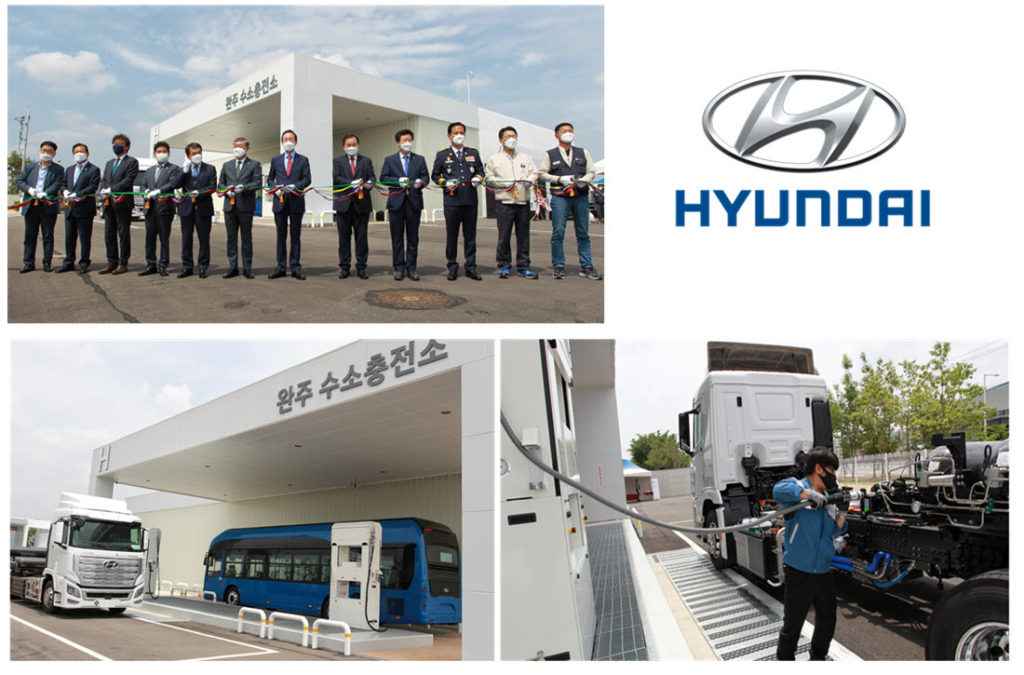


Right now, most production of hydrogen is from natural gas or coal, making its creation extremely dirty. However, while hydrogen fuel is a promising power source for vehicles, especially long-haul trucks or ships which are more challenging to electrify, there’s still a long way to go before the industry is able to sustainably produce the fuel. The only by-product released after the reaction is water vapor. Using the hydrogen fuel in the tank, the vehicle’s motor will be powered from the chemical reaction between oxygen and the hydrogen gas. The methodology of fueling a hydrogen fuel cell car is almost identical to a typical gas-powered vehicle: you drive up to a station with a pump, you insert the pump into where the tank gasket is, and you wait for it to fill up. Another type of clean technology is hydrogen fuel cell vehicles, which also have electric motors but differ in that they are powered by hydrogen gas. While electric vehicles have long been the most popular and well-known among clean energy vehicles, they aren’t the only clean cars available. Instead of going into a gas station to fill up your tank, you either find a charging station or charge from home using your own power outlets. For example, a familiar clean energy vehicle we have come to know is the electric car, which has an electric motor powered by charged batteries instead of fuel. When you drive a clean energy vehicle, it isn’t releasing planet-warming emissions.

When I first heard the term “clean energy vehicles” come into the conversation, my first thought was, “will we actually be able to do that here?” Clean Energy Vehiclesįor context, clean energy vehicles are powered by resources that don’t combust fossil fuels when in use. You know that iconic pick-up truck, the Ford F-150? That’s still the most popular selling car in the United States today. The thing is, fossil fuel-powered trucks are the heart and soul of the American car industry. So, if we want to mitigate the effects of climate change, one of our primary focuses should be figuring out ways to lower the emissions created from our methods of transportation. And year after year, research has shown that the number one source of greenhouse gas emissions in the United States comes from the transportation sector. The invention of the automobile changed the world forever, but this ground-breaking innovation came at a cost: our dependence on fossil fuels to power motor vehicles for years has resulted in billions of tons of carbon dioxide emissions. My dad worked at Ford Motor Company, and the majority of my neighbors, friends, and classmates had at least one parent who also worked for one of the “Big 3” (Ford Motor Company, General Motors Company, and Chrysler). Growing up, my school field trips were to the Ford River Rouge Plant, or the General Motors Manufacturing Plant, or Henry Ford’s Greenfield Village. The three hydrogen stations in New York are within approximately 30 miles (50 km) of each other.As someone who was raised in Motor City (Detroit, MI), it’s a bit of an understatement to say that I “get” how significant cars are to our lives. The average range of a hydrogen fuel-cell vehicle is between 150 and 200 miles (240-320 km). "This first cluster is an important step as we continue to build capability in retailing hydrogen fuel, in line with the auto makers' plans to develop hydrogen vehicles." "The prospects for hydrogen fuel-cell vehicles are strong in the longer-term," says Duncan Macleod, Shell Vice President of Hydrogen. Ultimately, Shell aims to build its expertise in the distribution and dispensing of hydrogen. Its first hydrogen station has been operating in White Plains, NY, since April of last year. A third station in the Bronx is planned for late July and has been developed with the New York City Department of Sanitation, according to Shell. The hydrogen filling station was put into place through a partnership between Shell, the Port Authority of New York and New Jersey, the US Department of Energy and General Motors.
#Hydrogen stations near me drivers
It will provide drivers of hydrogen fuel-cell vehicles with more flexibility and convenience - a significant upgrade from stand-alone demonstration stations. Shell opened its second hydrogen filling station this week in New York City, located at JFK International Airport.


 0 kommentar(er)
0 kommentar(er)
